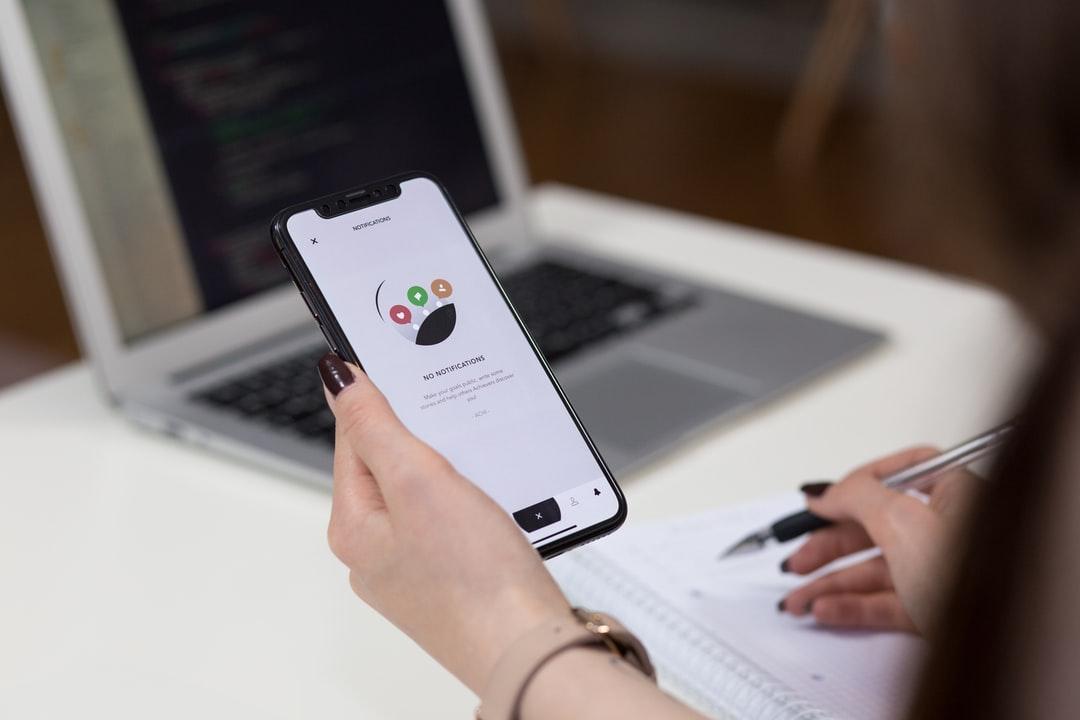
What is user validation testing?

Getting people to visit your organization's website is one thing. Another is ensuring they stick around, browse, and follow your call to action. You need a user-friendly website that appeals to your target audience to give yourself the best chance of achieving the latter. User validation testing is one surefire method to enhance the user experience (UX), identify opportunities for improvement, and gain a competitive edge. This article explains what UX testing entails, why it's essential, and how to initiate usability testing for your digital experience.
What is user validation testing?
Also called UX testing or usability testing, user validation testing involves evaluating a website or app through the users' eyes.
Factors that impact a website's usability rating may include:
- User task analysis: Can users achieve their tasks and goals efficiently when they visit your site?
- Readability: Is your content easy to read regarding comprehension, fonts, colors, and layout?
- Navigation: Is your site user-friendly to enable easy navigation and search?
- Accessibility: Is your site accessible on different devices? Does it include accessibility features for those with impairments?
- Speed: How quickly does your site load on desktop and mobile devices? A study commissioned by Google found that a 0.1-second improvement in load time helped grow conversions by an average of 8% for retail and 10% for travel websites.
- Task success rate: What is the user success rate in completing specific tasks? What challenges do they encounter?
- Error analysis: How often do users make errors? What factors contribute to these errors?
- User engagement: What patterns exist in user engagement metrics, such as time spent on a page or the number of pages visited?
- User preferences: How do users perceive the features, content presentation, and user interface?
User validation testing methods
You can employ various methods to evaluate the user experience of your digital experience.
Usability testing
Gather insights from your website or app’s users to understand how they interact with the site and identify any issues they encounter. You can improve your website or app prototype by understanding real users' perspectives.
A/B testing
Present two versions of your site or app to users to determine which version they prefer and assess the performance of each.
Focus groups
Ask a group of users for website feedback in a live setting, whether face-to-face or via videoconferencing tools.
Surveys
Survey your users about their experience in using your website or app. Keep your questions concise and surveys brief to encourage participation.
Card sorting
Group, label, and describe information based on user feedback—a qualitative research method known as card sorting.
Diary studies
Facilitate long-term diary studies to capture self-reported user feedback on activities that are repetitive, time-consuming, or unpredictable.
Interviews
Conduct live interviews to gather qualitative insights, observing verbal and nonverbal cues. Ask open-ended and follow-up questions to understand complex feelings and experiences, uncovering details that surveys and usability testing cannot.
Remote usability testing
Use an insight platform to record the screen and possibly the voice of test participants as they interact with your product or experience in their natural environments—homes, offices, or other remote locations.
Each method can be integral in UX research, helping you get to know the behaviors, preferences, and even psychological principles influencing the UX.
When to conduct user validation testing
Understanding the role of user validation testing in enhancing the user experience prompts the question of when to implement various testing methods. Test early and often, but continue testing throughout the product development lifecycle. Here are four key junctures for usability testing:
- Testing ideas: Conduct usability testing to validate a new idea before employing design resources. Share initial test results with your team, and continue testing as you build a prototype.
- Testing prototypes: Once you’ve built a prototype, invite your ideal users to test different design iterations. Refine your concept before moving on to development.
- Pre-launch testing: Run usability tests to uncover bugs or inconveniences. Use remote unmoderated tests to identify specific issues. Redesign elements based on feedback, and retest with a small user group.
- Post-launch optimization: After your product or feature goes live, continue usability testing. Optimize consistently to meet evolving user needs.
Benefits of user validation testing
With the results of your validation testing in hand, you can now make strategic improvements to your digital experience. Knowing users' browsing behaviors, pain points, and preferences can help you:
- Identify areas for improvement, such as navigability and user-friendliness
- Address issues that may increase bounce rates
- Introduce new website and app features that address users' wants and needs, validating their concerns
Get started with user validation testing
It doesn't take much effort to kickstart the user validation testing. Select a website or app to test, assemble a diverse group of testers, and choose one or more testing methods to gather user feedback.
Remember, collecting user insights will make your digital experiences more substantial and efficient if you're open to hearing your audience's feedback.
If you want additional help with user validation testing, start your experience research journey with UserTesting.
In this Article

What's next
What's next


